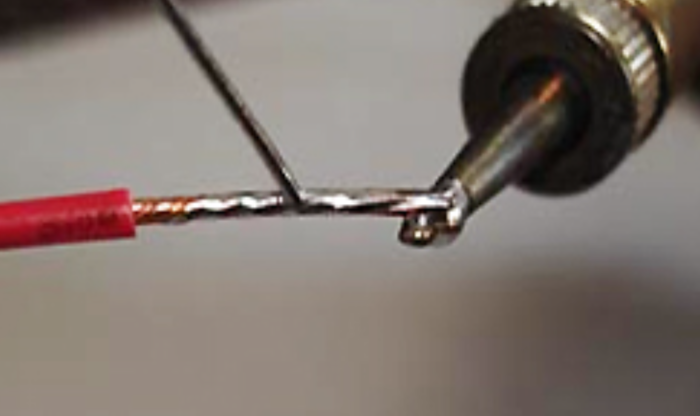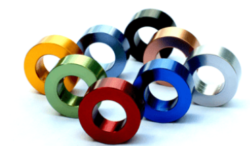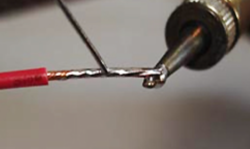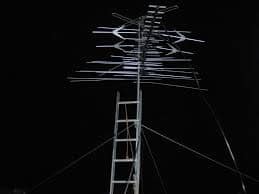There are many different types of surface treatment available to give different properties and characteristics to a finished component, such as a decorative finish, hardness, or abrasion resistance. This article explores five common surface treatments.
Reputable suppliers, such as www.poeton.co.uk/standard-treatments will be able to advise on suitable surface treatment options. According to Surface World Magazine, trade fairs can also be a useful way to keep abreast of new technologies.
Aluminium anodizing
Anodizing (anodic oxidation) is a surface treatment for aluminium that gives excellent corrosion resistance and other properties, depending on the type of anodizing used.
Natural anodizing using sulphuric acid gives a decorative coating to aluminium and its alloys which can have a black or colourless finish in a range of thicknesses.
Anodizing using chromic acid is particularly useful for aviation and military industries because of the high corrosion resistance achieved. The resulting layers are grey which makes a good base for applying paint.
Hard anodizing creates a hard, non-conductive layer with high resistance to mechanical damage. A range of colours such as brown, olive green or dark grey can be produced.
Zinc coating
Galvanic zinc coating is a process whereby a zinc layer is added to the surface of a material to give excellent corrosion protection. The zinc layer can be passivated using blue or yellow passivation to enhance corrosion resistance even further.
Nickel coating
Galvanic nickel coating is a process which adds a hard, high gloss surface layer as a decorative finish or as a functional treatment, such as where high corrosion resistance and resistance to mechanical wear are needed.
Tinning
Tinning achieves a highly glossy tin coating on iron, copper, or copper alloy parts. This layer gives good corrosion resistance and improves the electrical conductivity and ability to solder the coated parts. It is also hygienically safe, which is very useful in the food industry.
Blackening
The oxidation layer formed when steel is blackened is mainly used for decorative purposes, such as on weapons and optical components. The layer is very thin so gives a minimal protective effect unless a suitable preservative is added.






